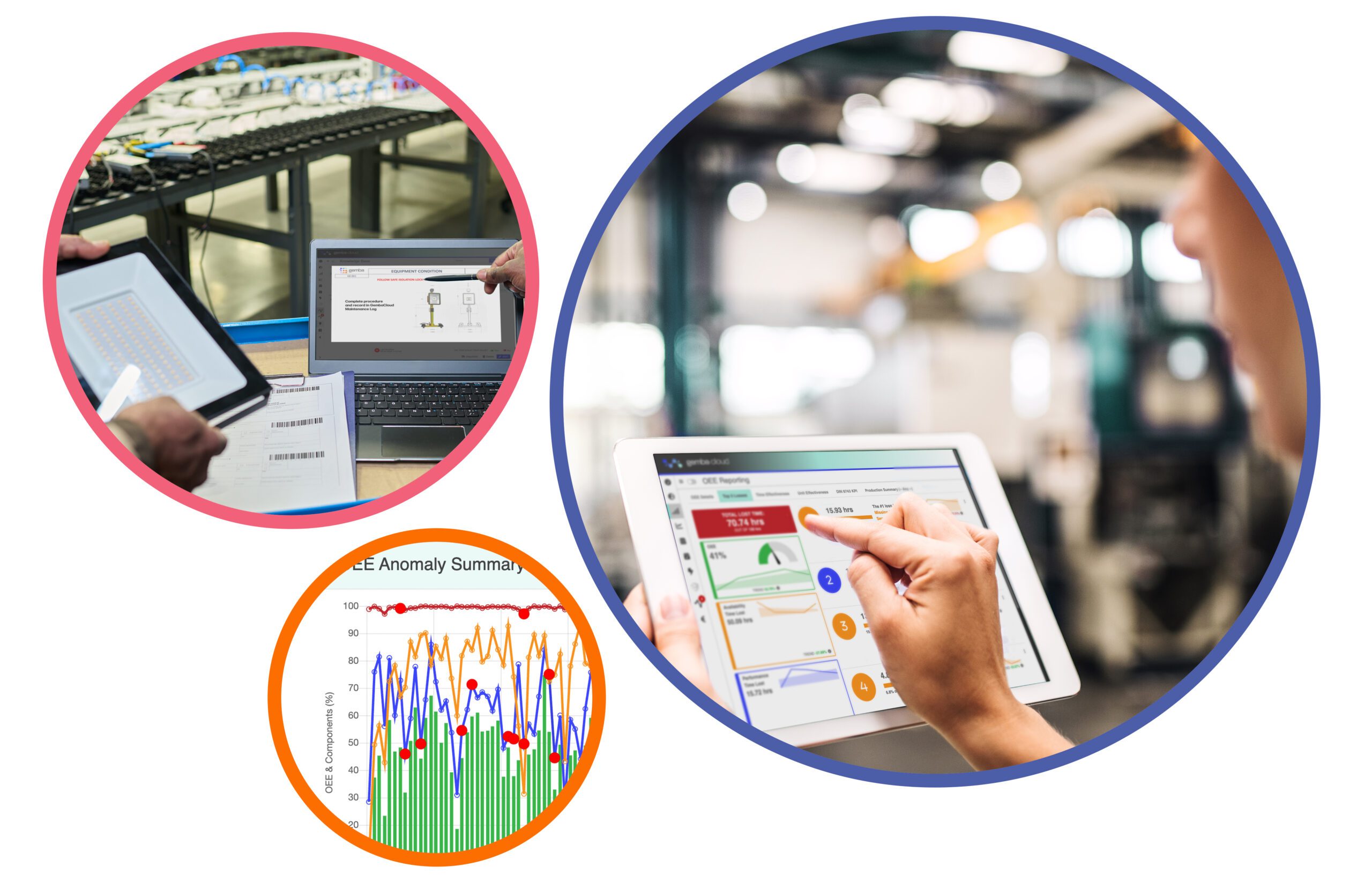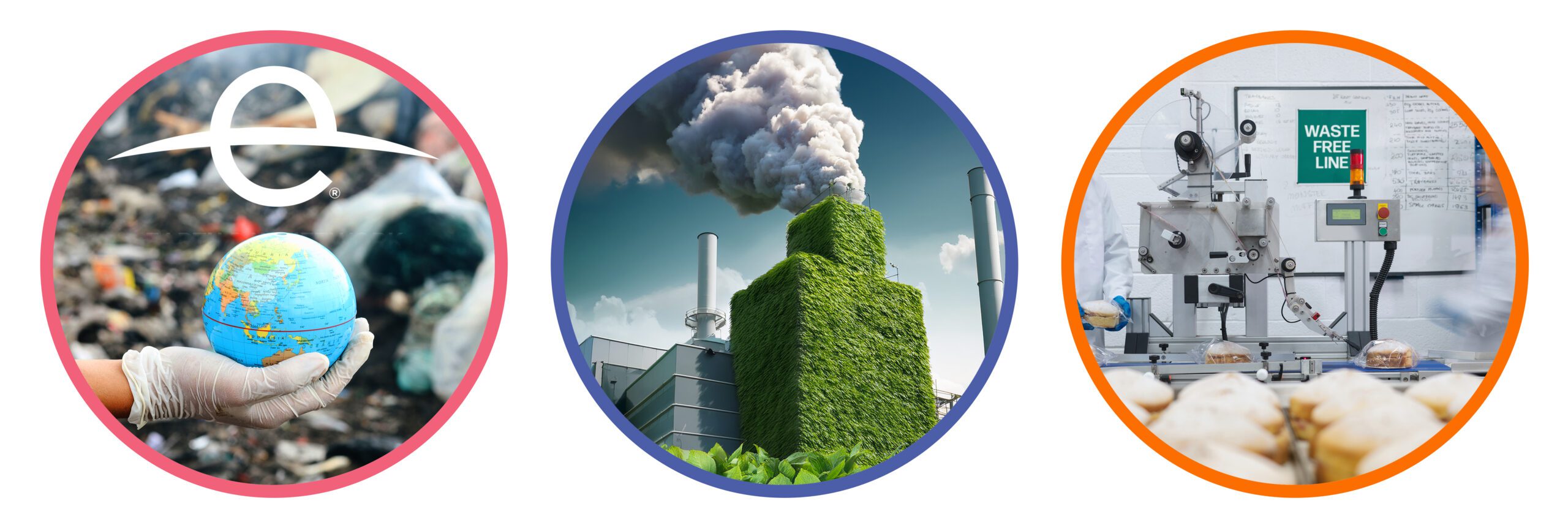 Sustainable manufacturing on Earth Day 2025 is more than a slogan. It’s a practical challenge — and a responsibility — for the entire sector. Our Power, Our Planet. The theme highlights the responsibility we all share in protecting the environment, and for the manufacturing sector, that responsibility is particularly significant.
Sustainable manufacturing on Earth Day 2025 is more than a slogan. It’s a practical challenge — and a responsibility — for the entire sector. Our Power, Our Planet. The theme highlights the responsibility we all share in protecting the environment, and for the manufacturing sector, that responsibility is particularly significant.
Manufacturing’s environmental footprint

Manufacturing plays a vital role in the global economy, but it comes with a substantial environmental cost. The sector accounts for over a quarter of global energy consumption and contributes significantly to greenhouse gas emissions. Behind these figures are day-to-day realities like overproduction, excessive scrap, prolonged machine downtime, and inefficient use of resources.
Each inefficiency leads to wasted energy, increased emissions, and unnecessary material use. It is not just about cost or output. It is about the long-term environmental impact of decisions made on the shop floor every day.
Waste and its role in sustainable manufacturing
Lean principles teach us to focus on eliminating waste, but waste in this context is more than just inefficiency. It is overproduction that fills warehouses with goods that may never be used. It is movement and transport that consume energy without adding value. It is rework and defects that waste not only time and labour, but raw materials and energy.
If your team is already working to reduce waste, taking stock of where the biggest inefficiencies lie can help focus those efforts. A clearer view of production, downtime and asset use makes it easier to prioritise what matters most.
A practical way forward

At Gemba, we support manufacturers with tools that help turn day-to-day insight into real progress. By highlighting where time, materials, and energy are being lost, teams can reduce waste and make more considered use of the resources they rely on.
This might mean addressing repeated breakdowns that lead to excess scrap, or spotting where machines are running empty while still drawing power. Often, the data is already there — it just needs to be used more effectively.
Whether you are just beginning to look at your energy use or have long-standing sustainability goals in place, understanding where your biggest opportunities lie is a good place to start.
Using our power well

Earth Day is not just about future goals or policy decisions. It is about using the power we already have. For manufacturers, that means making decisions that reduce waste, extend equipment life, and limit unnecessary consumption. These choices matter — not only for performance, but for the planet we all rely on.
Using our power well
If you’re already taking steps to reduce waste or improve efficiency, Earth Day is a good moment to review what more is possible. If not, it’s the perfect time to begin.





